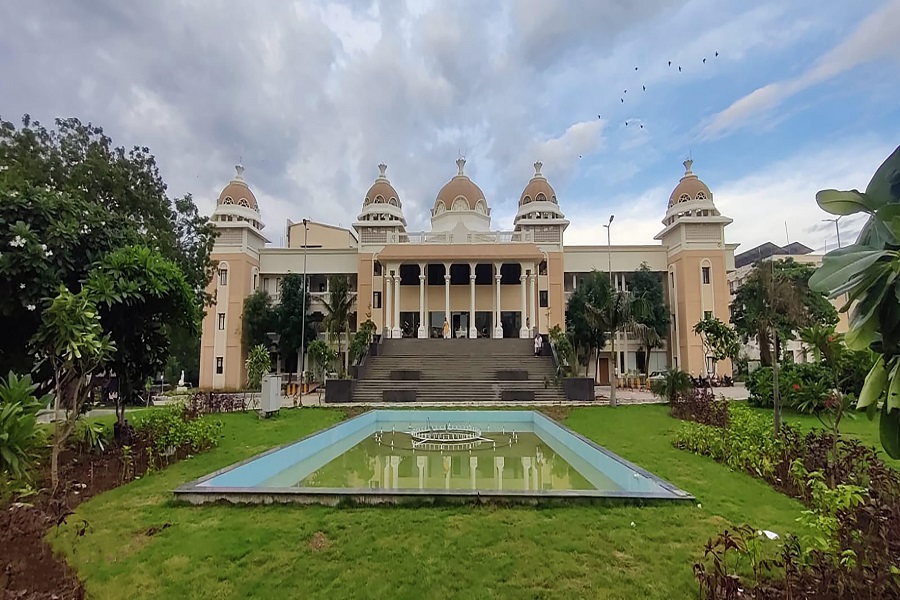Logistics cost has serious implications on manufacturing sector, export competitiveness: Sumita Dawra

Special Secretary of DPIIT Sumita Dawra has said that logistics cost has serious implications on the country’s manufacturing sector, export competitiveness, global positioning, etc, while pointing out that due to lack of data in the public domain for the critical components of logistics cost, the non-official / floating estimates of India’s logistics cost lack credibility. Hence, she said a need was felt to develop a scientific logistics cost calculation framework, that is inclusive and stands the test of statistical and data-based methods.
Meanwhile, India’s National Logistics Policy, which was launched on September 17, 2022, aims to reduce logistics costs in India. To achieve this objective, the Logistics Division, Department for Promotion of Industry and Internal Trade (DPIIT), Ministry of Commerce and Industry (MoCI) launched a report titled ‘Logistics Cost in India: Assessment and Long-Term Framework’ on December 14, 2023 in New Delhi. The Report has been prepared by the National Council of Applied Economic Research (NCAER), in a consultative manner, with guidance of the Asian Development Bank (ADB) experts and task force members.
This report presents a baseline aggregated logistics cost estimate and a framework for long-term logistics cost calculation. It uses available secondary data from the Supply Use Tables and National Account Statistics of Ministry of Statistics and Programme Implementation (MoSPI) and the NCAER’s 2019 study, ‘Analysis of India’s Logistics Costs’. It was also reviewed by external experts from the World Bank Group. Besides, this report recommends a hybrid approach using primary (covering all trade flows, product types, industry trends, OD pairs, etc.) and secondary survey data, as well as real-time Big Data to provide an estimate of logistics cost.























